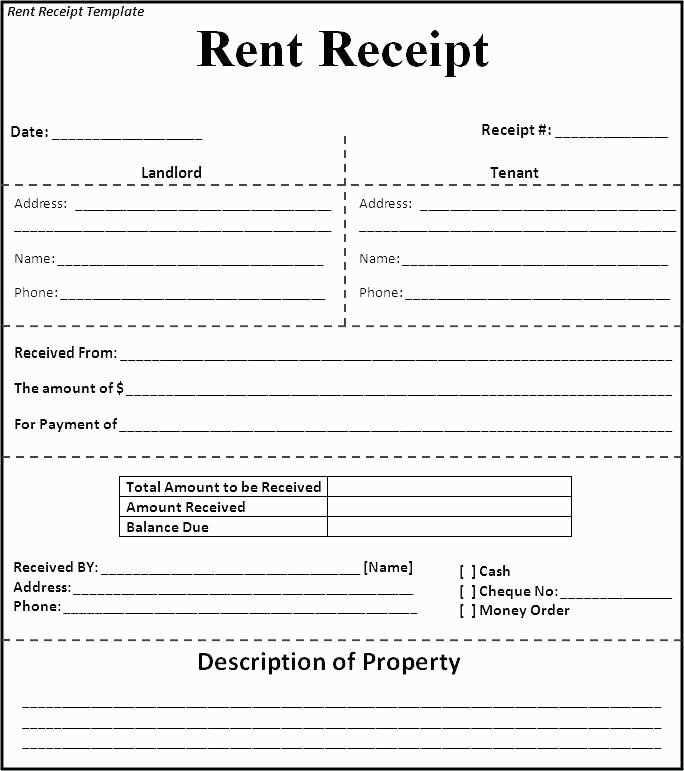
To create a reliable land contract payment receipt, focus on including specific transaction details. The template should contain the payer’s name, amount paid, date of payment, and the remaining balance. This keeps both parties informed and ensures transparency.
The document should also specify the payment method used, whether it’s cash, check, or electronic transfer. Include a unique receipt number to track the transaction history and prevent confusion.
Be sure to state clearly whether the payment is part of an installment plan or a lump sum. Highlight any adjustments or partial payments that have been made to avoid any misunderstandings about the balance due.
Incorporating a section for signatures from both parties adds an extra layer of verification and finalizes the payment process. This small detail can help avoid disputes in the future and ensures that both sides are on the same page.
Here’s a revised version:
Begin by clearly stating the payment amount and date. This ensures both parties have a reference point for the transaction. Include the buyer’s full name and address, as well as the seller’s details. It’s essential to note the specific property under the land contract to avoid confusion in future disputes.
Next, specify the payment method used–whether it was a bank transfer, check, or another method. If applicable, include the check number or bank transaction ID for added transparency. Clearly mark any additional fees, such as late payment penalties, to ensure full understanding.
Provide a breakdown of any other costs included in the contract, such as taxes or insurance, and outline the payment schedule. If payments are made in installments, detail the amount and due dates of each installment. This keeps the financial terms clear.
Finally, both the buyer and seller should sign and date the receipt. It serves as proof of the transaction and can be used to resolve any disputes that might arise. Keep a copy for your records and ensure both parties have access to one as well.
Land Contract Payment Acknowledgment Template
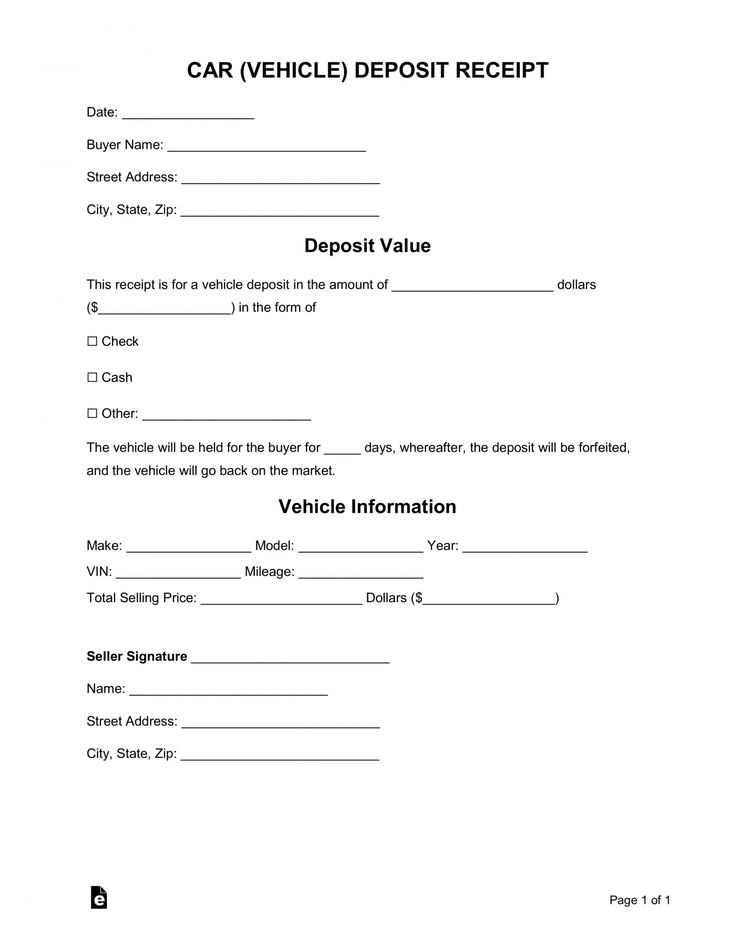
A land contract payment acknowledgment should include key details like the amount received, the payment date, and the parties involved. A straightforward acknowledgment may look like this:
Payment Acknowledgment for Land Contract
Date: [Insert Date]
Received from: [Buyer’s Name]
Amount: [Amount Paid]
For the land located at: [Property Address]
Payment Method: [Cash, Check, Bank Transfer, etc.]
Remaining Balance: [Outstanding Amount]
Signature of Seller: [Signature]
How to Create a Simple Acknowledgment for a Land Contract Payment
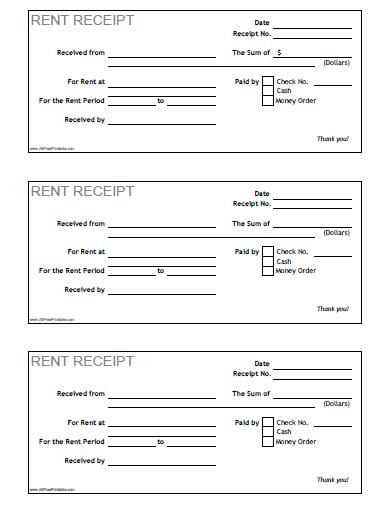
To create a simple acknowledgment, ensure all the information is clear and concise. Avoid any ambiguity by stating the payment amount, date, and the name of the payee. Acknowledge the specific land contract involved, providing both parties’ names and property address. If the payment was partial, state the remaining balance to prevent future confusion. Ensure that both the buyer and seller retain a copy for record-keeping.
Legal Aspects to Consider When Issuing a Payment Acknowledgment for Land Contracts
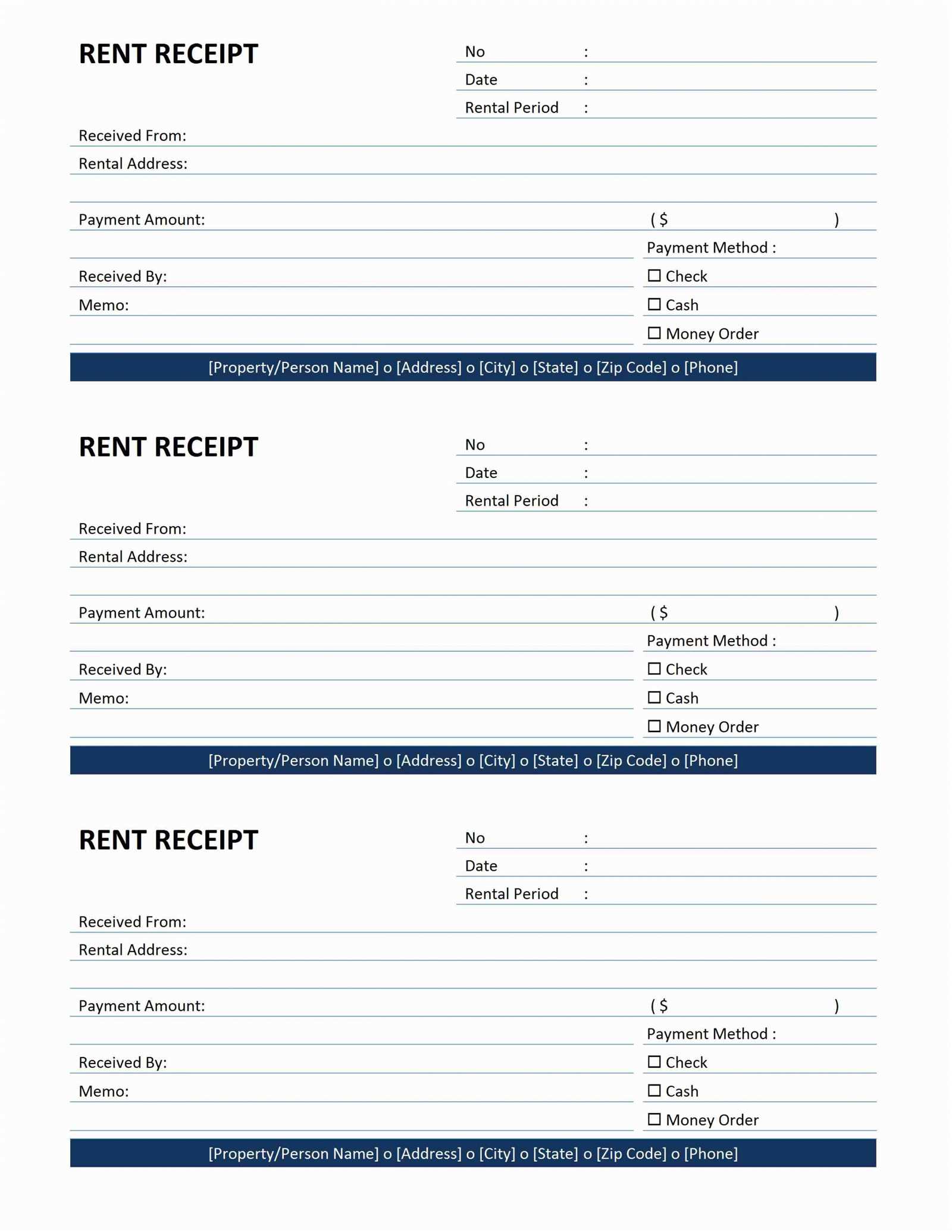
Legal validity depends on both parties’ consent and a clear record of the transaction. The acknowledgment should be signed by both parties and, if necessary, notarized to guarantee its authenticity. Confirm that the payment was made in accordance with the agreed terms in the land contract. Keep the receipt in a secure location, as it may be required in case of future disputes regarding payment or ownership.
Additionally, review local regulations that govern land contracts, as they may require specific language or formalities in the acknowledgment document to ensure enforceability in court.
Common Errors to Avoid in Land Contract Payment Acknowledgments
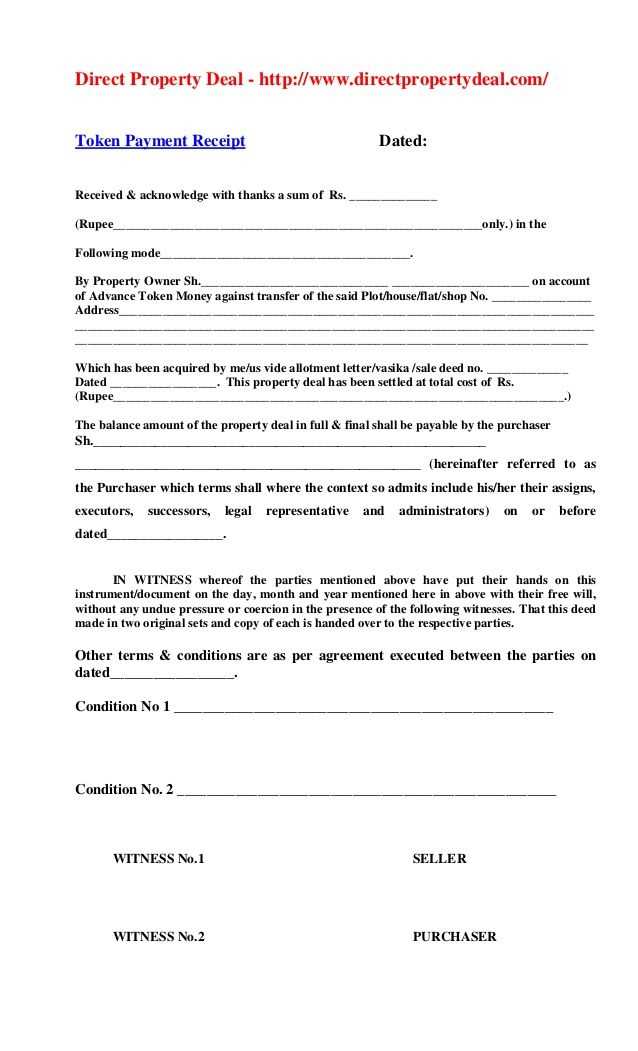
One common mistake is failing to specify the method of payment, which can lead to misunderstandings. Always document whether payment was made via check, wire transfer, or another method. Another error is not noting the outstanding balance if the payment is partial. It is also crucial to ensure the acknowledgment is signed by both parties to prevent any dispute over whether the payment was acknowledged by both sides. Lastly, avoid vague language; ensure the acknowledgment is detailed and accurately reflects the terms of the contract.


